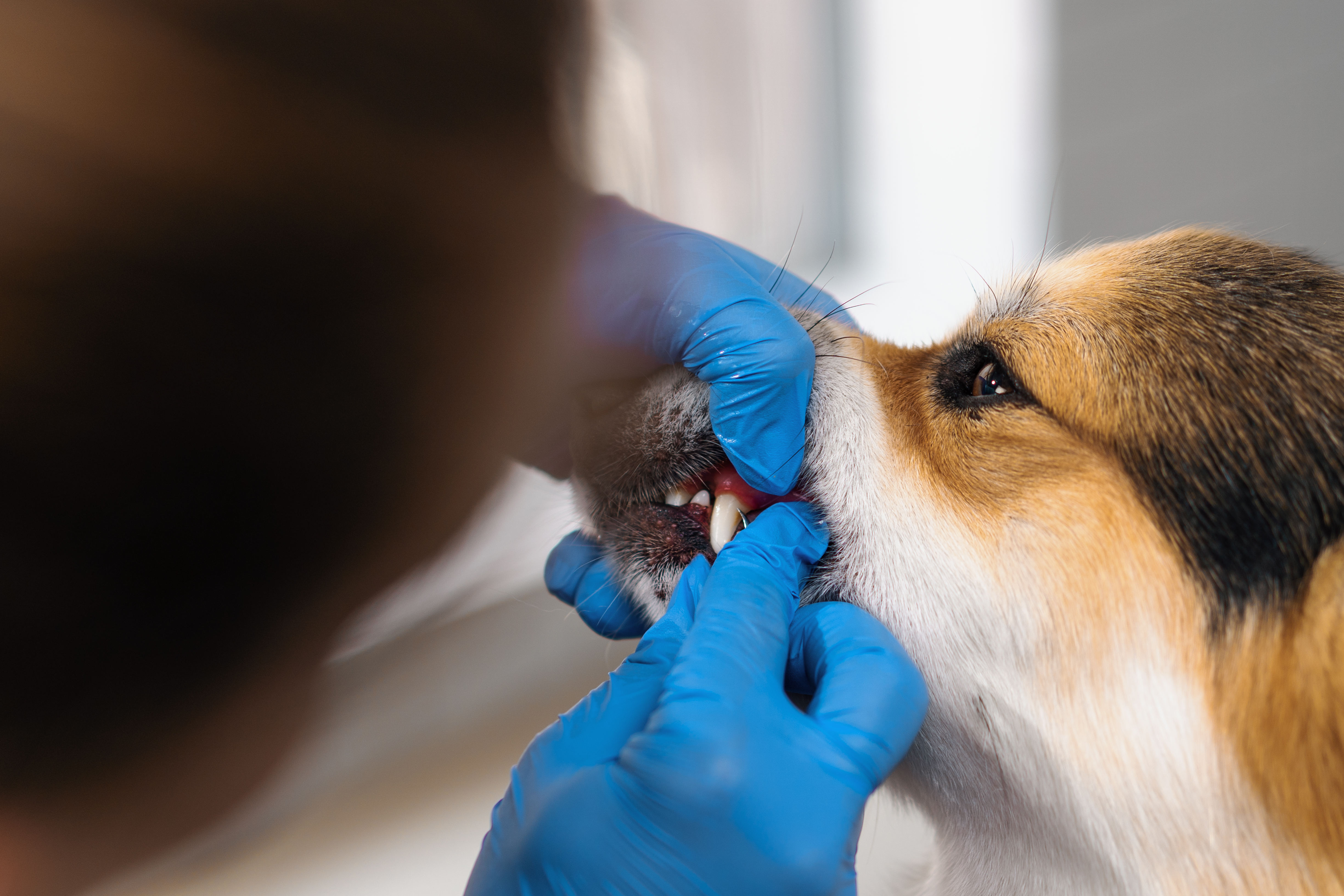
Are Dental Treats Enough For Your Dog’s Oral Health?
Read Count : 132
Category : Blogs
Sub Category : Miscellaneous
Dental treats are everywhere—from your vet’s office to grocery store shelves. They're convenient, tasty, and often marketed as miracle solutions for your dog’s teeth. But here’s the truth: while these chews can help reduce plaque, they’re not a complete oral care plan. Think of them like chewing gum for humans. Sure, gum can freshen your breath, but it doesn’t replace brushing and flossing. The same idea applies to your dog. To truly protect their teeth and gums, a more thorough approach is essential. What Dental Treats Can Do Well That said, dental treats do serve a purpose—when chosen wisely. High-quality options can: Reduce plaque and tartar buildup Freshen breath temporarily Stimulate saliva flow Provide mental enrichment through chewing Some chews are even Veterinary Oral Health Council (VOHC) approved, meaning they’ve been tested and shown to make a difference. Still, it’s best to think of treats as a supplement—not a replacement—for proper dental hygiene. Where They Fall Short Dental chews don’t reach every part of your dog’s mouth, especially those tricky spots near the gumline and back molars. Worse yet, if your dog gulps them down or has underlying dental issues, they may do very little good—or even harm. Here’s what treats can’t do: Remove tartar that’s already hardened Treat gingivitis or gum disease Detect cracked teeth or infections Replace routine exams by a pet dentist in Charlotte Also, not all treats are created equal. Some are packed with artificial flavors or high-calorie fillers that aren’t great for long-term use. Brushing: Still the Gold Standard If you truly want to safeguard your dog’s oral health, daily brushing is key. It might sound intimidating, but with the right approach and tools, it can become a simple part of your routine. Here are some quick tips: Use dog-specific toothpaste (never human toothpaste) Start slowly and positively Focus on the outer surfaces—those matter most Reward your dog afterward to build positive associations Brushing removes plaque before it hardens into tartar, reducing the risk of painful dental diseases. Just like in humans, prevention goes a long way. Annual Checkups: Because You Can’t See Everything Even with brushing and chews, issues can still pop up under the surface. That’s where regular checkups with a pet dentist in Charlotte come in. These experts perform full oral exams, often including dental X-rays, to detect problems like: 1. Tooth root infections 2. Fractures below the gumline 3. Oral tumors 4. Early signs of periodontal disease These are things you simply can’t catch with treats or even the most diligent brushing. Preventative dental care helps avoid expensive and painful surgeries later on. A Smarter Routine for a Healthier Smile To keep your dog’s mouth truly healthy, create a well-rounded plan: 1. Brush daily, or at least several times a week 2. Use VOHC-approved dental treats in moderation 3. Try dental water additives or gels if brushing is a challenge 4. Schedule annual professional cleanings with your vet or pet dentist 5. Keep an eye on signs like bad breath, drooling, or difficulty eating By combining these steps, you’re not just improving your dog’s dental health—you’re boosting their overall well-being and longevity. FAQs: Dog Dental Health & Dental Treats 1. How often should I give my dog dental treats? Most dental treats can be given once daily, but always follow the product’s guidelines and monitor calorie intake. 2. Are all dental chews safe? Not necessarily. Choose options approved by the VOHC and avoid very hard chews (like bones or antlers), which can crack teeth. 3. Can dental treats replace brushing? No. While helpful, treats don’t clean all surfaces or prevent gum disease. Brushing is still the most effective method. 4. What are signs my dog has dental issues? Bad breath, bleeding gums, pawing at the mouth, or changes in eating habits can signal problems. Contact your vet if you notice these. 5. Is anesthesia-free dental cleaning a good option? It may sound appealing, but it only addresses surface issues and can miss deeper disease. Professional cleanings under anesthesia are safer and more thorough. 6. How do I find a reliable pet dentist in Charlotte? Look for a vet who specializes in pet preventative care and dental treatments, or ask your regular veterinarian for a referral to a local pet dental specialist. Final Thought: Treats Are Good, But Teamwork Is Better Yes, dental treats can be a helpful tool—but they’re not magic. A consistent, vet-approved dental care routine that includes brushing, checkups, and the guidance of a pet dentist in Charlotte will keep your dog healthier and happier in the long run.
Comments
- No Comments

